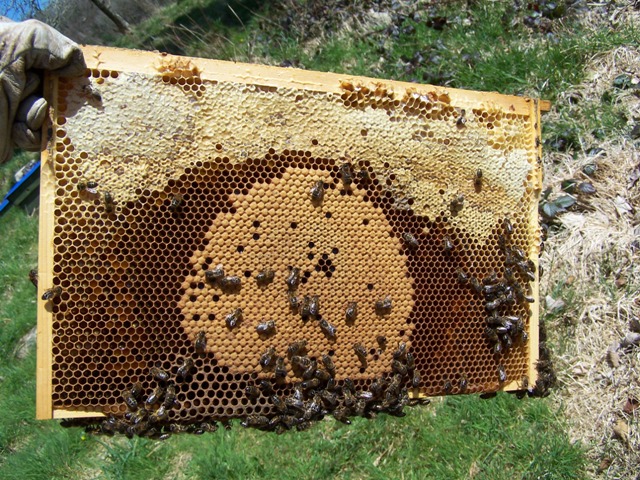Seeley, T.D. & Morse, R.A., 1978. Nest site selection by the honey bee,Apis mellifera. Insectes Sociaux, 25(4), pp.323–337. Available at:
http://dx.doi.org/10.1007/BF02224297.
Abstract
1. Honey bees exhibit preferences in several nest site properties. The following preferences were identified («>» means «preferred to»): nest height, 5>1 m; entrance area, 12.5>75 cm2; entrance position, bottom >top of nest cavity, entrance direction, southward>northward; nest cavity volume, 10<40>100 liters. 2. The data also suggest preferences exist for previously inhabited nest cavities and for nest sites beyond 300 m from the parent colony. 3. Nest sites with high exposure and visibility were occupied more rapidly than sites with low exposure and visibility. However, this difference probably reflects differential ease of nest site discovery rather than a preference for exposed nest sites. 4. No preferences were found in the following variables: entrance shape (slit vs. circle), nest cavity shape (cube vs. tall parallelepiped), cavity draftiness (sound vs. drafty), and cavity dryness (wet vs. dry). Cavity draftiness and dryness are probably important to bees, but because bees can seal and waterproof their nests, they may be less demanding about these two nest site variables than about those they cannot modify. 5. The complex process of nest site selection apparently benefits a honey bee colony in several ways, including facilitation of colony defense and hygiene, simplification of nest construction and microclimate control, and reduction of foraging competition with the parent colony.



















































